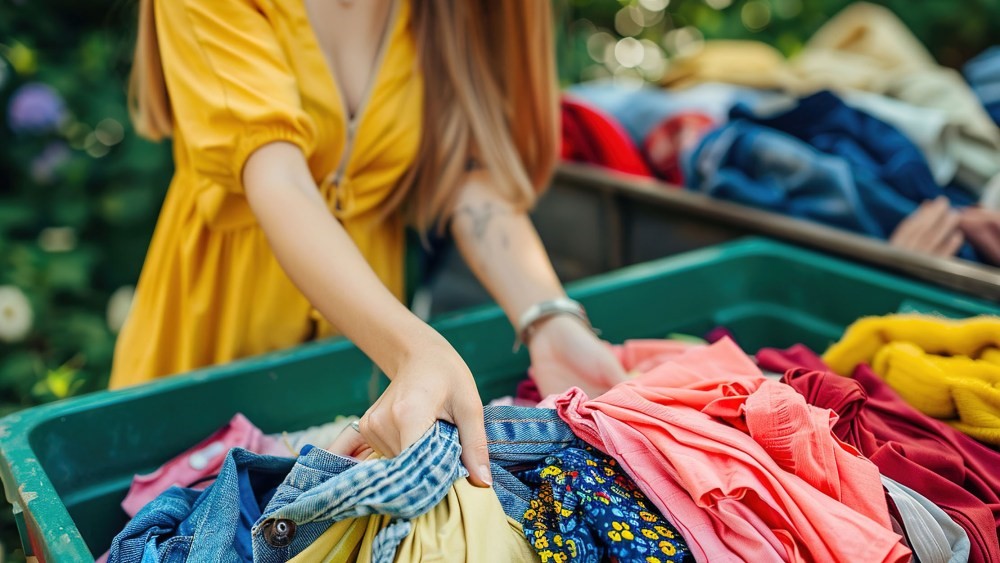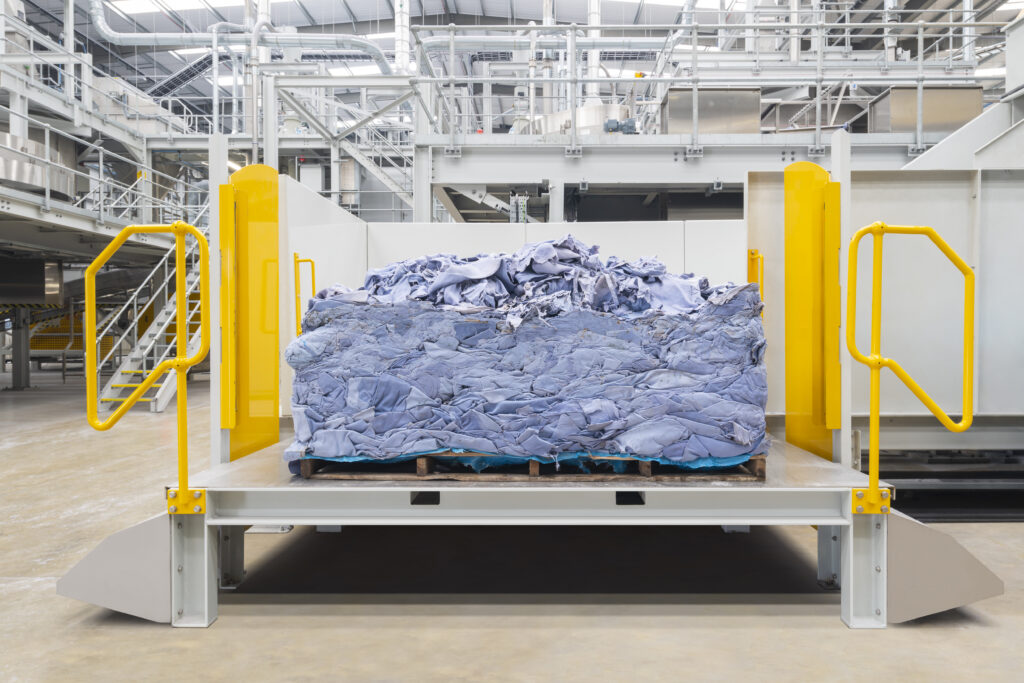
“Organic,” “recycled” and “circular” are just some of the terms to be understood as the fashion industry
tries to lower its environmental impact.
When it comes to “sustainable fashion,” there are many definitions, each looking at the
environmental impact of the fashion industry from a different perspective. The main
goal of all these approaches and different ways to measure is to reduce the impact of
apparel production and waste on the environment.
What are the impacts of the fashion industry on the environment?
Water, land use, pesticides and waste — the global fashion industry touches on many
aspects of the environment from the farming of raw materials, through the production
phase to what happens to them when they are no longer “in fashion.”
In data revealed by fashion and apparel industry NGO Textile Exchange, global fiber
production nearly doubled from 2000 to 2022, when it hit 116 million tons, and is on
track to top 147 million tons of garments made per year in 2030. That equals up to 100
billion new garments produced globally each year.
Coupled with the doubled production volume in that time, consumers halved the time
they keep their clothing items. As micro-trends move along faster than ever, tossing
out last season’s shirt means that most of these clothes — about 85 percent — end up
in landfill. Globally, only 1 percent of garments are recycled and turned into new
clothes.
The environmental impacts of clothing start at the beginning of the production
process, using about 215 trillion liters of water per year, and creating about 20 percent
of the world’s industrial wastewater pollution. Much of that comes from the dyeing or
finishing process, like adding decorative whiskering to jeans.
And the fashion industry is responsible for 8 to 10 percent of global carbon emissions,
according to the United Nations and European Union estimates.
How can the fashion industry lessen that impact? Different materials, metrics and
ways to address the apparel industry’s impact are part of the discussion.
Organic Materials
Organic clothes are produced from natural materials grown from non-GMO seeds
without the use of pesticides or fertilizer. While cotton might be the most widely
known and used material, bamboo, hemp, wool and linen are other fibers that can be
grown organically.
Bypassing the use of chemical fertilizers and pesticides helps protect biodiversity of
the soil and the surrounding insects — think bees and other pollinators — as well as
avoid the runoff that pollutes nearby lakes, rivers and ultimately into the water supply.
Look out for labels here — GOTS is the Global Organic Textile Standard is the most
recognizable and well respected. Its two levels of labeling (“organic” and “made with
organic”) require 75 and 95 percent organic fibers respectively. It also monitors
wastewater treatment, chemical disposal and takes worker welfare into account.
Organic Content Standard, or OCS, looks at organic fibers in a textile throughout the
entire supply chain, but has less focus on chemicals and working conditions. OEKO-
TEX is the flip side, focuses on testing for harmful chemicals. Their organic
certification launched last year, and has seven levels with various parameters.
Beware greenwashing here where brands use the word “green” or even colored labels
to imply that a garment is made of organic materials.
Recycled Materials

While brands are installing “take-back” boxes in their stores to encourage recycling,
the tech and facilities to recycle clothes are actually pretty limited. Only 12 percent of
the material used for clothing ends up being recycled (and often downcycled into
products like mattress filling), and recycled textiles, including cotton, made up less
than 1 percent of the global market in 2022 according to Textile Exchange.
You’ll see recycled polyester on clothing labels, but 99 percent of that comes from old
water bottles, not last year’s bubble hem skirt.
Since polyester is made from crude oil, new companies and brands are setting out to
change that and reduce the use of virgin polyester in fashion. Los Angeles-based
Ambercycle has created a recycled polyester with its Cycora material — and recently
partnered with cult Scandinavian brand Ganni.
One of the biggest tech challenges is recycling blended textiles such as polyester and
cotton mixes. Circ has a new method for recycling those into new fibers such as
polyester or lyocell that can be mixed with virgin fibers.
There’s progress being made on recycled fabrics, but still a long way to go until they
make up a large portion of fashion’s production.
Next-gen Alternative Materials

Next-gen leather alternatives are helping the fashion industry reduce the carbon
emissions from the greenhouse gas and resource-intensive cattle industry. There are
leathers made from grapes, cactus, mango or pineapple that can be made into
garments or accessories. New companies are exploring unexpected sources every day
— there’s even leather made from waste brewery grain.
Another method is to grow new leathers, mostly from mushrooms. Called mycelium,
mushroom-based textiles such as Ephea and Lunaform have been used by luxury
conglomerate Kering and its brands; Hermes has designed a bag with MycoWorks’
Reishi and Bolt Threads’ Mylo stepped out with an Adidas collaboration.
Other methods upcycle mushroom and shellfish waste to create a textile. Many of
these are in the research and development stage, or have produced small quantities.
Companies such as Gen Phoenix, are recycling leather scraps and turning it into new
fibers that can be turned into a sustainable leather alternative. Their product has been
used to make handbags. Other biotech includes using seaweed to make T-shirts like in
Keel Labs Kelsun fiber, or mimicking spider silk with protein such as Spiber.
Big brands are looking for new solutions, but most of the technology is still in the
research and development stage, or early-stage growth with a few hero items under
their belt. Many companies are scaling up with factories and bigger production
facilities on the horizon.
Circular Fashion
The word “circular” is used in two ways when it comes to fashion: “circular economy,”
which encourages repurposing or reusing items such as selling a second hand or
vintage item, and “circular design” encourages designers and brands to think of a
garment’s life cycle and how it will be disposed of. For example, if a cotton shirt is
sewn together with metallic thread or embroidery, or using embellishments such as
foil prints, it can’t be mechanically recycled.
“Circular design” keeps the recycling process in mind and uses materials and finishes
that can be put back into the system more easily. The idea is to intentionally design to
keep materials moving in a loop as long as possible — the dream of textile-to-textile
recycling.


